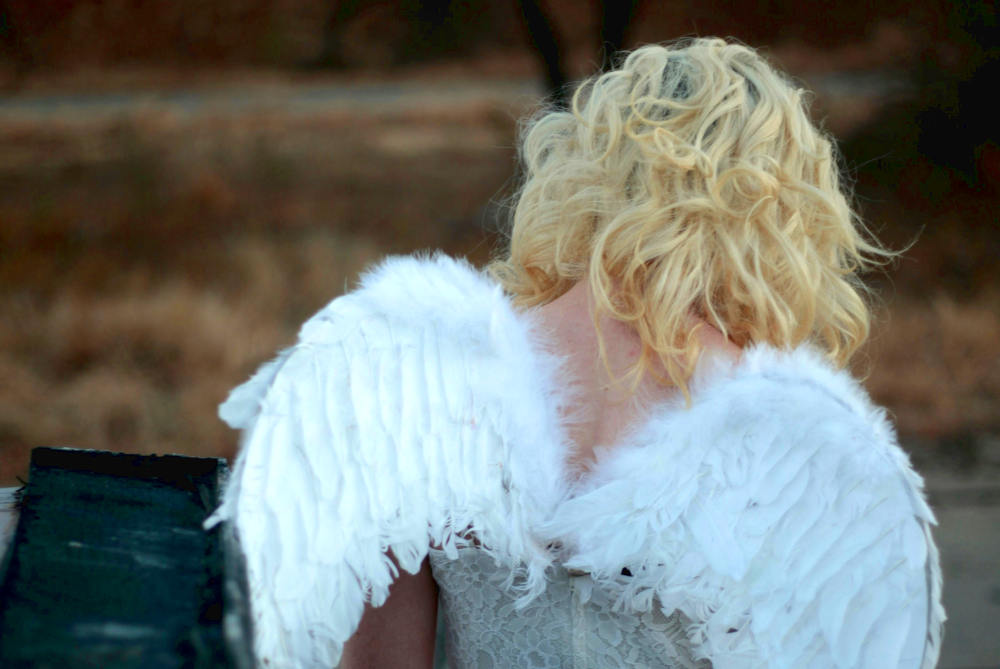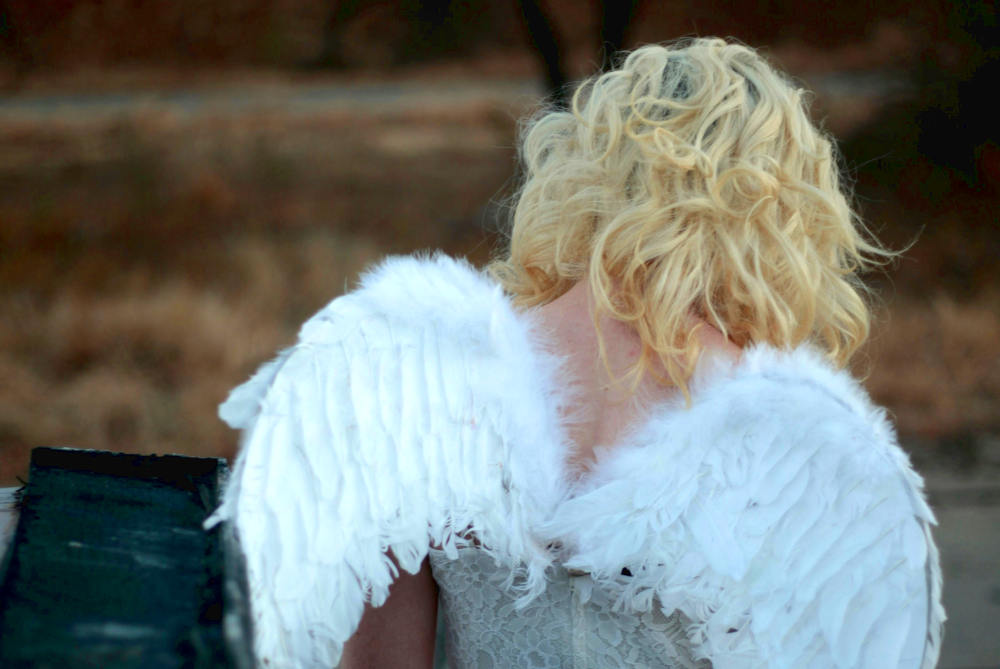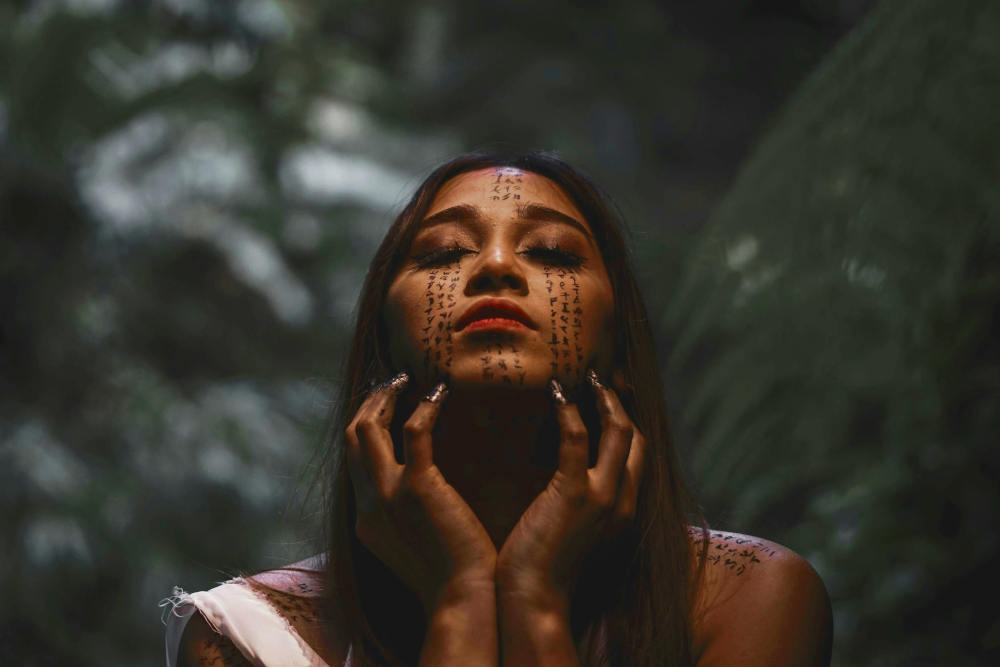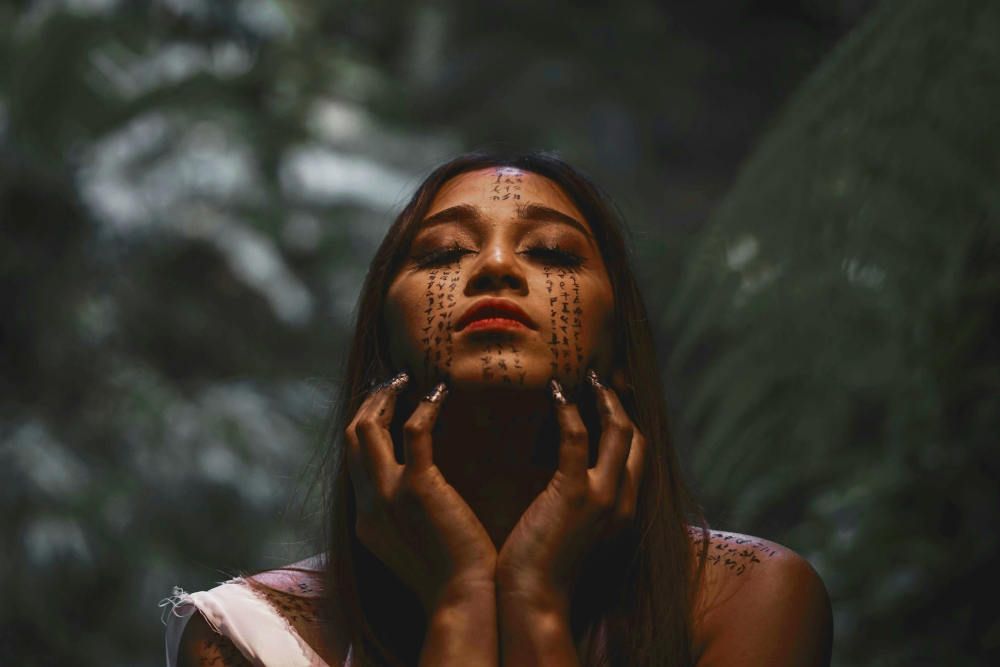
Banana Republic is an American clothing and accessories retailer founded in 1978 in Mill Valley, California, by Mel and Patricia Ziegler. The multinational clothing-retail company creates fast fashion for men, women, and children.
Banana Republic makes clothing, accessories, shoes, swimwear, and jewelry. American clothing and accessories retailer Gap Inc. owns Banana Republic and other fashion brands such as Gap, Old Navy, and Athleta, a leader in yoga clothing and technical apparel for women and girls.
Banana Republic products are available worldwide through company-operated stores, franchise stores, and e-commerce sites. Gap Inc. operates more than 3,300 stores and has over 110,000 employees in stores, factories, logistics, brands, and subsidiaries across the world.
Banana Republic is building a more sustainable future for its business, global community, people, and the planet. It aims to create a thriving business and a better world and is committed to protecting natural resources and ensuring healthy communities for generations to come.
Panaprium is independent and reader supported. If you buy something through our link, we may earn a commission. If you can, please support us on a monthly basis. It takes less than a minute to set up, and you will be making a big impact every single month. Thank you!
Sustainability Rating: 3/10
Rating FAQ
Category: Clothing, accessories, shoes, bags, jewelry
For: Women, men, children
Type: Basics, dresses, denim, knitwear, loungewear, swimwear, outerwear, bridal, boots, heels, sneakers, flats, sandals
Style: Casual
Quality: Low
Prices: $
Sizes: petite, 2XS-2XL, 0-14 (US), 2-16 (UK), 32-44 (EU), 4-18 (AU), tall
Fabrics: Cotton, linen, hemp, ramie, jute, lyocell, modal, viscose, cupro, acetate, polyester, nylon, spandex, acrylic, neoprene, polyurethane, rubber, leather, wool, silk, down
100% Organic: No
100% Vegan: No
Ethical & Fair: No
Recycling: Yes
Producing countries: Bangladesh, Brazil, Cambodia, Canada, China, Colombia, Dominican Republic, Egypt, El Salvador, France, Guatemala, Haiti, Hong Kong, India, Indonesia, Jordan, South Korea, Mexico, Nicaragua, Pakistan, Philippines, Portugal, Sri Lanka, Taiwan, Turkey, United States, Vietnam
Certifications: BCI, RDS, RWS, Oeko-Tex
Sustainability Practices
Banana Republic takes wide-ranging measures to protect biodiversity, reduce its consumption of water, energy, and other resources, avoid waste, and combat climate change.
It wants to be better and more efficient by looking at every aspect of its value chain to ensure the healthy functioning of our planet. However, the majority of its business remains detrimental to the environment.
Banana Republic only uses a tiny proportion of organic materials such as organic cotton and hemp or recycled materials such as recycled polyester and regenerated nylon.
Most of the fabrics it uses are either natural without relevant certifications, such as regular cotton or linen, or synthetic petroleum-based fibers such as polyester, nylon, acrylic, and more.
Banana Republic also uses a small proportion of semi-synthetic fibers or regenerated cellulosic fabrics such as Tencel lyocell, modal, acetate, and viscose.
Tencel is an eco-friendly fiber made with wood pulp from certified sustainable forests. But only a tiny proportion of the materials used by Banana Republic are environmentally friendly and sustainable.
Banana Republic publishes a list of all its manufacturers but not its processing facilities on its corporate website. It aims to ensure the people who make its clothes work in safe, fair conditions and are treated with dignity and respect.
Banana Republic is well-known to have used child labor in the past. Today, Banana Republic continues to make clothing in sweatshops in countries like Bangladesh, Cambodia, India, Indonesia, and Sri Lanka.
Banana Republic is making progress on transparency, but there are still cases of inhumane treatment of workers being reported.
Workers continue to protest against Banana Republic because they have no union rights, work over 16 hours a day, and are paid half of the minimum wage in India.
Banana Republic cares more about its suppliers now with higher transparency and worker empowerment initiatives. But the brand still doesn't pay a living wage across its supply chain.
The 2022 Fashion Transparency Index gave Banana Republic a score of 44% based on how much the group discloses about its social and environmental policies, practices, and impacts.
Banana Republic manufactures its clothes in Turkey and many other East Asian countries, where human rights and labor law violations happen every day.
The American clothing retailer doesn't show any labor certification standard that would ensure good working conditions, decent living wages, health, safety, and other crucial rights for workers in its supply chain.
Banana Republic has a code of conduct that applies to all its suppliers and subcontractors based on the regulations set by the International Labor Organization (ILO).
Banana Republic assesses compliance with its Code of Conduct by informal visits or third-party audits with or without notice. It works with international and local unions and NGOs to improve the working conditions in its factories.
Banana Republic doesn't use exotic animal skin, hair, fur, or angora. But it uses leather, wool, silk, and down feathers to manufacture many of its clothing pieces.
These animal-derived materials are cruel and unethical. They also harm the environment by producing greenhouse gases and waste. More sustainable alternatives exist.
Sustainability Goals
Banana Republic has committed to selecting fibers that have a lower carbon footprint, using less water, creating less waste, and supporting efforts to protect biodiversity.
Banana Republic will source 100% of cotton from more sustainable sources by 2025, defined as Better Cotton (formerly BCI), verified US-grown cotton (USCTP), organic, in-conversion (to verified organic), recycled, and regenerative.
Banana Republic has already eliminated the use of wood-derived fibers sourced from ancient and endangered forests since 2022. And by 2025, all of its brands will source at least 45% of polyester from recycled sources (rPET).
By 2030, Banana Republic will eliminate unnecessary and problematic plastic packaging.
Banana Republic plans to reduce its GHG emissions by 90% in Scope 1 and 2 and 30% in scope 3 (in the Purchased Goods category), by 2030 compared to 2017 to achieve net-zero emissions in 2050.
100% of Banana Republic Tier 1 facilities will participate in industry-wide efforts, including SLCP and/or ILO Better Work by 2023, and 100% of Tier 2 strategic mills will participate by 2025. And by 2025, 80% of Banana Republic sourcing will be allocated to green-rated factories.
Reviews And Experiences With Banana Republic
Have you had (good) experiences with shopping at or the products of Banana Republic? Then leave us your rating below.
What We're Up Against
Multinational corporations overproducing cheap products in the poorest countries.
Huge factories with sweatshop-like conditions underpaying workers.
Media conglomerates promoting unethical, unsustainable products.
Bad actors encouraging overconsumption through oblivious behavior.
- - - -
Thankfully, we've got our supporters, including you.
Panaprium is funded by readers like you who want to join us in our mission to make the world entirely sustainable.
If you can, please support us on a monthly basis. It takes less than a minute to set up, and you will be making a big impact every single month. Thank you.






























0 comments